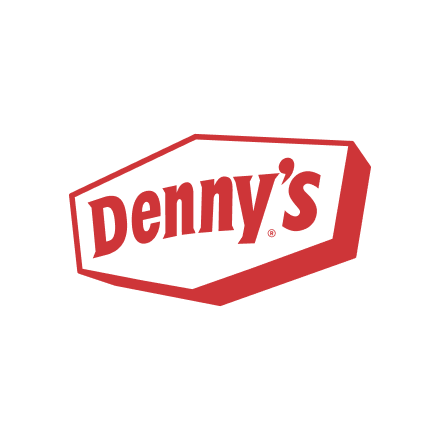With Denny’s POS system, Elliott had a number of dimension tables—what the team calls reference tables, with data on different food delivery methods, including dine in, carry out, DoorDash, etc.—that had to be moved to Snowflake from Hyperscale around the time of the initial Coalesce POC. While it had taken two weeks to move 25 tables to Snowflake using the team’s legacy processes, it took only three to four days with Coalesce. “It cut the time down 60% compared to what I was previously doing freehand by using Snowflake SQL and SnapLogic,” says Elliott.
When Elliott realized he had made an error in a particular column, he was amazed how quick and easy it was to correct the problem using Coalesce. “Before it would have meant going back to change the data or the data type, the column name, redoing a lot of things, and then reloading it,” he explains. “With Coalesce it was literally going to the subgraph, changing the name, recreating the table, and then loading it—that was it. It cut down the time needed to fix it to a third of what it used to take.”
Today, instead of manually writing the SQL code to handle all of their ETL processing, the team is transitioning as much of that logic as possible into Coalesce to cut down its code debt. Elliott appreciates the efficiency Coalesce provides since the SQL code the platform creates is perfectly optimized for Snowflake: “Now we have it in a platform that’s more easily understandable for everybody, with documentation, lineage, and everything that goes with it, which is something we didn’t have before.”
Before Coalesce, Elliott estimates each team member was spending up to 4 or 5 hours a week doing documentation by hand, using tools such as Microsoft Word and Visio. But Coalesce’s ability to automate much of the documentation process has freed them from such time-consuming toil, turning a task that took several hours into something that could be completed in mere minutes.
“I’ve gotten to the point where I’ll ask myself, ‘Can I do it in Coalesce first?’ Not only because of the efficiency, but also because of the documentation,” says Elliott. “As a large company, we’re regularly audited by third-party auditors like KPMG. We can literally just provision them access to the documentation to provide a high-level overview of everything they’re looking for—this data came from here, this transformation changed it there, whatever they need to review. That’s documentation that we don’t have to spend hours writing, so the turnaround time goes way down for us.”
Coalesce’s JSON parsing is another big time-saver for the team. Their cloud-based Xenial POS system regularly hits rest APIs, and they were using their previous integration tool to drop that raw data into Snowflake. This resulted in the challenge of parsing out the JSON by opening up the JSON file and investigating its structure. Using Coalesce simplified this process considerably. “Coalesce has increased dramatically what I can do,” says Elliott. “The JSON parsing is huge. It’s a whole lot faster to be able to explode out all the different objects that are available and modify them right there.”
Elliott also likes how easy Coalesce makes it to collaborate on projects with other teams or third-party agencies thanks to Git version control. He has used Coalesce Projects to provision access to an agency that is helping with the Snowflake migration, and has appreciated the transparency and ease of use. “Throughout the process I could just hop into their projects and see what’s going on,” he says.
Going forward, Elliott and team have big plans to re-architect their entire data model to be better suited for growing technologies such as artificial intelligence and machine learning. As Elliott explains, “The goal is to re-architect our data model into a methodology where we can more easily add sources, have the change tracking that we want, and then build out that business layer and the other data marts for various domains for a true comprehensive data model that covers everything. Coalesce will help us tremendously with this effort.”





